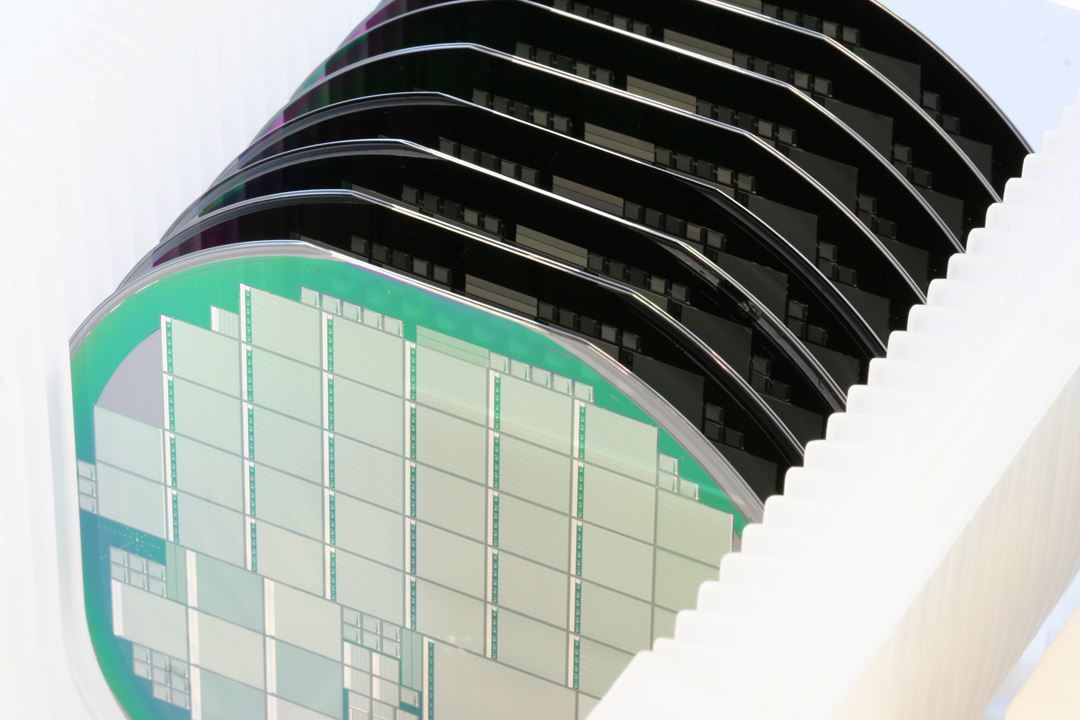ICT scientists at SINTEF are involved in a project to fabricate 3D radiation sensors, and for the past five years they have been working on extremely radiation-hard (i.e. -resistant) sensors with colleagues from universities in Norway, other European countries and the USA.
These will be needed when CERN’s 30-km particle collider ring in Switzerland is upgraded to run at higher energies in 2017.
High radiation tolerance essential
Two large detector systems (ATLAS and CMS) are located in the widely discussed accelerator ring. These contain several layers of various types of detectors that identify and track the particles created by proton collisions inside the ring.
The innermost layers adjacent to the high-vacuum pipe that encloses the proton beams is exposed to extremely intense radiation, and the upgrade will increase the radiation intensity by one or two orders of magnitude.
The doses of radiation involved would soon destroy standard silicon sensors, which means that the innermost layers will need to be replaced by new, extremely radiation-hard detectors.
“For a 3D silicon chip, the distance between the vertical electrodes that capture the signal is extremely small - a mere 50 – 70 micrometres. This means that the 3D detectors will work even after the material between the electrodes has suffered major damage. In fact, the 3D sensors are more radiation-hard than diamond,” explain MiNaLab’s Thor-Erik Hansen and Angela Kok, who have played central roles in these efforts.
At the leading edge
The cooperative project has already produced several different versions of the sensors, but according to Hansen, of Stanford and SINTEF have managed to make what are known as “Full 3D active-edge sensors” and can deliver them in volume.
”Active-edge” means that the edges of the sensor chip are highly doped with boron, making them so sensitive that they can be installed edge-to-edge without dead space. Furthermore, the electrodes, which are filled with polycrystalline silicon, are mounted vertically within the sensor.
Good results
To date, SINTEF MiNaLab has produced three series of 3D detectors. The first series resulted in usable detectors, while the chips in the second series have been integrated with their electronics to make detector modules for the ATLAS and CMS experiments that have produced good results in radiation tests. Their radiation hardness is currently being evaluated by Germany’s DESY particle physics research centre.
“Our third series of 3D detectors has just finished processing in the lab, and they are now being tested. These are the most advanced versions that have been fabricated, with more than 40,000 vertical electrodes on each sensor chip,” explains Thor-Erik Hansen.
Positioning
Although the results are promising, these sensors will not be brought into use for another five or six years. “That is when the overhauling of the accelerator will be followed by an upgrade, in the course of which the new detectors will be installed,” says Hansen.
Until that time, SINTEF will be positioning itself for possible future contracts.
The researchers are also looking for other applications that require radiation-hard and/or super-fast detectors, for instance in space, materials analysis or medicine.

